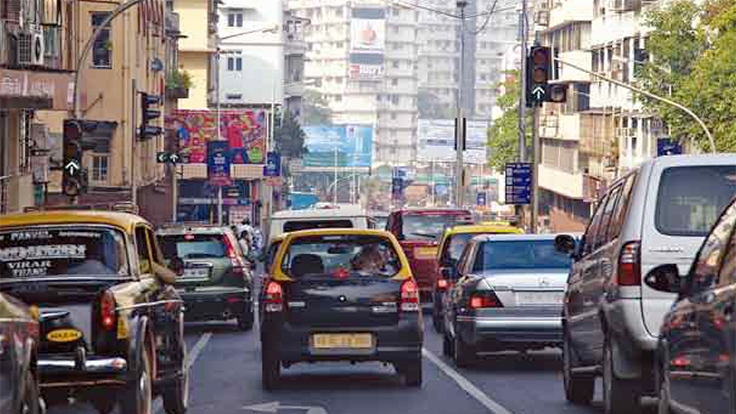Resettlement and Rehabilitation in a Large Metropolis
The Mumbai Urban Transport Project (MUTP) commenced in 2002 to improve transport services in India's premier megacity. It involved urban resettlement on an unparalleled scale. Over 100,000 people living along roads and railways tracks were to be resettled to improve rail and road transport services. While resettling people is difficult anywhere, it appeared almost intractable in the complex socio-political environment of Mumbai, a linear city that lies along a narrow north-south peninsula and is one of the most densely populated urban areas in the world.
Almost 95% of the affected people did not have legal title to the land they occupied. Affected structures included an assortment of residences, businesses, religious and community facilities, schools, dispensaries, nurseries, and so on. Getting people from diverse social and economic backgrounds to accept homogenous resettlement options was not easy. Even more challenging was finding alternative resettlement sites in land-scarce Mumbai and mobilizing the resources to develop these.
The unprecedented scale and complexity of the process called for innovative solutions. To solve both land and financial constraints, the Mumbai Metropolitan Region Development Authority (MMRDA) - the agency responsible for the project's Resettlement and Rehabilitation (R&R) activities - enlisted private participation. It offered private developers ‘development rights' and cash incentives to construct new resettlement sites in the less-dense northern suburbs of the city.
Recognizing people's concerns regarding involuntary resettlement, the MMRDA altered its approach from one that narrowly focused on compensating people for their losses towards one that sought to arrive at a ‘win-win' solution for all. This resulted in wider consultation and negotiation with the affected people, with the help of NGOs.
The agency's willingness to adapt and explore alternative solutions, often going beyond the scope of the R&R policy, enabled it to come up with innovative resettlement options that were more agreeable to the affected people. This was a critical factor in helping to reduce the number of complaints. It cut down the costs and delays involved in litigation and speeded up the implementation process.
In addition, proactive information disclosure, a transparent grievance redressal mechanism, and an independent panel of eminent citizens who regularly monitored the resettlement sites and listened to people's concerns played an important role in resolving grievances and building people's confidence in the resettlement process.
Going beyond the provision of brick and mortar resettlement sites, the MMRDA helped the resettled people to adapt to their new environments. Resettlement colonies were provided with schools, day-care centres, and women's centres. People's livelihood options were expanded through skills training for the youth and micro-credit for women.
An independent study has found that the provision of formal housing to resettled families has raised their social status and improved their employability and creditworthiness. It has also given them, especially the women, a greater sense of security in their new homes.
The project has become a worldwide example of urban resettlement on a mega scale. Mumbai's suburban rail services, which cater to over 7 million passengers a day, have witnessed a greater frequency of trains and lower levels of congestion. The MMRDA has now been identified as the nodal agency for urban resettlement in the Mumbai Metropolitan Region. The lessons learnt from the project have equipped the MMRDA to effectively deal with the resettlement challenges of future infrastructure projects in the city.

